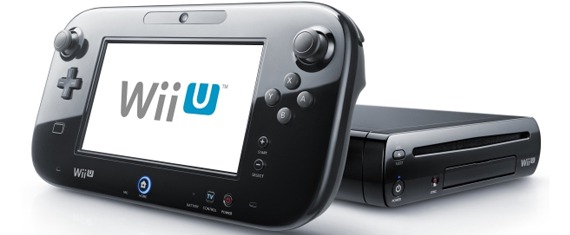 Nintendo reported a slim annual profit in its most recent fiscal year, but an analysis of the company’s sales figures shows a far less-encouraging data point for Nintendo, and one that may not bode well for the company’s new Wii U console.
Nintendo reported a slim annual profit in its most recent fiscal year, but an analysis of the company’s sales figures shows a far less-encouraging data point for Nintendo, and one that may not bode well for the company’s new Wii U console.
Nintendo was the first out of the next-gen gates last fall when it launched the Wii U, the successor to its massively popular Wii console. The Wii U includes a tablet-like control pad in addition to its gesture-sensitive mechanics, an innovation that Nintendo hoped would carry the Wii U well beyond the PlayStation 4 (PS4) and next-generation Xbox, which will be officially unveiled in an event on May 21. In addition to the unique controller, Nintendo figured having a one-year head start on Sony and Microsoft would give it a leg up in the next-generation console race.
It turns out that may not be the case.
Amid its earnings report, Nintendo divulged annual sales figures for the Wii U, the 3DS handheld system and the original Wii console. During its most recently concluded fiscal year, Nintendo sold 13.95 million 3DS handhelds and 3.98 million units of the original Wii console. The Wii U released in November, so full-year sales data isn’t available for the system, but it has sold 3.45 million units since launch.
On the surface that number of Wii U sales is marginally encouraging, although Nintendo admits it’s below estimates. More troubling, though, is the Wii U sales trend since December. During the four-month period between December 2012 and March 31, 2013, Nintendo has sold 390,000 Wii U consoles. If you annualize that four-month sales data, Nintendo would sell 1.12 million Wii U consoles over the course of a year. By that math, the Wii U would be outsold 3.5 to 1 by the original, six-year-old Wii console. That’s not exactly a good news story, particularly heading into the prime battle against the PS4 and Xbox 720/Durango/whatever-it’s-going-to-be-called.
Admittedly, analyzing data in this way is a slippery slope, but it’s an analysis that deserves to be heard in light of the looming next-gen console battle between Microsoft, Sony and Nintendo. Nintendo sought to get a jump on the competition by releasing a year early, and jump they did. The only challenge is that jumping didn’t appear to get them anything other than tired. Sony and Microsoft, meanwhile, have either hosted or will host on May 21 a pre-E3 event to unveil their next-generation systems, and the intrigue surrounding those systems is arguably higher than the buzz for the Wii U. When both of those consoles join the Wii U on store shelves later this year, will Nintendo lose even more ground?
True, the company has a host of high-profile first-party games coming soon to the Wii U, including Mario Kart, Super Mario Bros., Wii Fit, Pikmin and The Legend of Zelda. Third-party support is alive as well, but with consumer interest seeming to already be waning for the Wii U, outside publishers will ride the bandwagon for only so long.
Whether the Wii is actually outselling the Wii U 3.5 to 1 or not, the trend since December is troubling for Nintendo fans, and it’s bound to inspire a few radical calls for price drops and value-laden bundles leading up to E3. Nintendo of America’s Reggie Fils-Aime made his memorable E3 debut years ago by saying he was there to kick ass. Well, Reggie, it’s time to polish up those boots. E3 2013 could very well be a make or break show for Nintendo, and the company can only pull handheld rabbits from its hat for so long.
